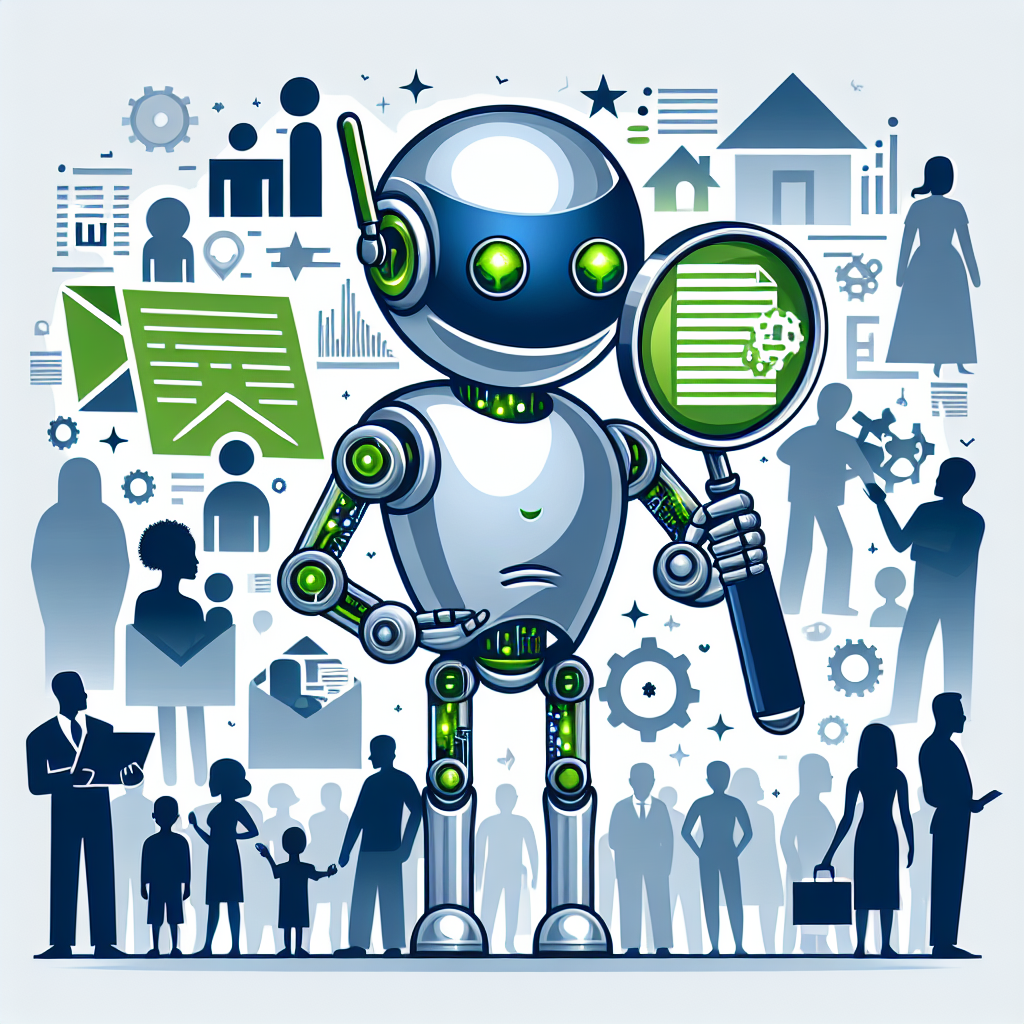Artificial Intelligence (AI) has been rapidly transforming the way governments deliver services and engage with citizens. Through the use of AI technologies, governments are able to streamline processes, improve efficiency, and enhance the overall citizen experience. From chatbots to predictive analytics, AI is revolutionizing the way governments interact with their constituents. In this article, we will explore how AI is enhancing government service delivery and citizen engagement, and provide answers to some frequently asked questions about AI in the public sector.
One of the key ways AI is enhancing government service delivery is through the use of chatbots. Chatbots are AI-powered virtual assistants that can interact with citizens in real-time, answering questions, providing information, and guiding users through various services. Chatbots are available 24/7, allowing citizens to access information and services at any time of day or night. This not only improves the efficiency of government services but also enhances the overall citizen experience by providing instant access to information and assistance.
Another way AI is enhancing government service delivery is through predictive analytics. Predictive analytics uses AI algorithms to analyze data and predict future outcomes. By analyzing data on citizen behavior, government agencies can anticipate citizen needs and proactively deliver services. For example, predictive analytics can be used to identify individuals who are at risk of homelessness and provide them with support services before they become homeless. This not only improves outcomes for citizens but also saves government resources by preventing costly interventions down the line.
AI is also being used to automate repetitive tasks and processes, freeing up government employees to focus on more complex and high-value work. For example, AI-powered software can automate document processing, data entry, and other administrative tasks, allowing government employees to spend more time on strategic planning, policy development, and other critical functions. This not only improves efficiency but also enhances job satisfaction for government employees by reducing tedious and repetitive work.
In addition to enhancing government service delivery, AI is also revolutionizing citizen engagement. Through the use of AI technologies, governments can better understand citizen needs and preferences, tailor services to meet those needs, and engage with citizens in more personalized and effective ways. For example, AI-powered social media analytics can help government agencies identify trending topics and sentiment among citizens, allowing them to tailor their messaging and services accordingly. This not only improves citizen engagement but also builds trust and credibility with the public.
AI is also being used to enhance accessibility and inclusivity in government services. For example, AI-powered language translation services can help government agencies communicate with citizens who speak different languages, ensuring that all citizens have equal access to information and services. Similarly, AI-powered accessibility tools can help individuals with disabilities navigate government websites and services, ensuring that all citizens can participate fully in civic life.
Overall, AI is transforming government service delivery and citizen engagement in profound ways. By leveraging AI technologies, governments can improve efficiency, enhance the citizen experience, and build stronger, more inclusive communities. As AI continues to evolve, the possibilities for enhancing government services and engaging with citizens are endless.
FAQs about AI in Government:
Q: How is AI being used in government service delivery?
A: AI is being used in government service delivery in a variety of ways, including chatbots, predictive analytics, automation of repetitive tasks, and personalized citizen engagement.
Q: How does AI enhance citizen engagement?
A: AI enhances citizen engagement by helping governments better understand citizen needs and preferences, tailor services to meet those needs, and engage with citizens in more personalized and effective ways.
Q: How does AI improve government efficiency?
A: AI improves government efficiency by automating repetitive tasks, streamlining processes, and freeing up government employees to focus on more strategic and high-value work.
Q: Is AI secure and privacy-compliant in government services?
A: Governments must ensure that AI technologies used in government services are secure and privacy-compliant. This includes implementing robust data protection measures, ensuring transparency in AI algorithms, and complying with relevant privacy regulations.
Q: What are some challenges of implementing AI in government services?
A: Some challenges of implementing AI in government services include data privacy concerns, ethical considerations, lack of technical expertise, and resistance to change from government employees.
Q: How can citizens provide feedback on AI-powered government services?
A: Citizens can provide feedback on AI-powered government services through various channels, including online surveys, feedback forms, and public consultations. Governments should actively seek input from citizens to improve and refine AI-powered services.
In conclusion, AI is revolutionizing government service delivery and citizen engagement in unprecedented ways. By leveraging AI technologies, governments can improve efficiency, enhance the citizen experience, and build stronger, more inclusive communities. As AI continues to evolve, the potential for enhancing government services and engaging with citizens will only continue to grow. By embracing AI, governments can transform the way they deliver services and interact with citizens, leading to more responsive, efficient, and citizen-centered government operations.

